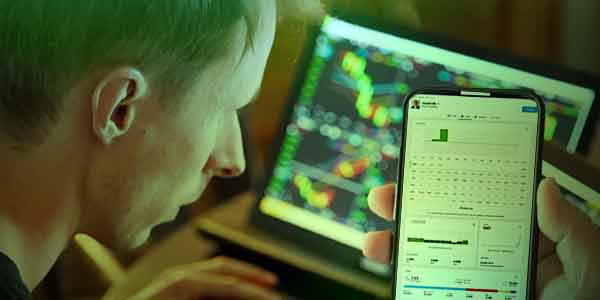Commodity trading is the trading of basic goods used in commerce like wheat, gold, crude oil, beef and natural gas. Commodity trading becomes important for investors in diversifying the portfolio as the prices of these move in the opposite direction of the stocks. When the stock market is highly volatile, many rely on commodities to minimize the risk.
Earlier, commodity trading was limited to professional traders as it required a significant amount of money, expertise and time as well. It is simple now with the advancement of technology. Commodity trading today is possible online and this is the reason more investors and traders are getting attracted to the segment.
Commodity trading is older than stock and bond trading. It is an ancient profession. Several empires were able to rise after creating a complex trading system and simultaneously facilitating the exchange of commodities. Today, commodities are exchanged across the world and commodities are traded through exchanges like the Chicago Mercantile Exchange, the Intercontinental Exchange, the New York Mercantile Exchange, the London Metal Exchange and the Kansas City Board of Trade.
The specific characteristics of the commodities market are supply and demand. The market moves based on supply and demand. If the supply of a commodity is low, the price tends to increase. This means disruption in the supply leads to a rise in price.

Commodities are basically traded in four categories and these are as discussed below:
Gold, silver, copper and platinum are metal commodities. Investment in these commodities turns up more when the market is volatile as these are considered safe-havens. Some investors turn towards investment in precious metals to hedge against currency devaluation or high inflation.
Investment in heating oil, gasoline, natural gas and crude oil are categorized in the energy segment. Oil prices have been on the rise mostly for decades due to the high demand for energy-related products. Simultaneously, the oil wells have controlled the supply by reducing outputs significantly most of the time. Investors looking ahead to invest in the energy segment need to understand the policies of the Organization of the Petroleum Exporting Countries (OPEC) and the advances of alternative energy sources too.
Farm commodities are categorized in the agriculture sector. Many invest in corn, coffee, cotton, cocoa, sugar, soybeans, wheat and rice. It is to note here that the grains are highly volatile in summer or when the weather undergoes transitions.
Cattle and other livestock which are used for consumption in the form of meat are traded as commodities. The market is highly volatile and direct investment in the segment becomes risky. Investing in livestock is not suggested for beginners and inexperienced investors. The potentiality of both profits and losses is very high.
The prices of commodities fluctuate more than that of the stocks due to unpredictable supply and demand for various reasons. However, commodities like gold and silver are stable as the supply cannot be increased suddenly. These factors are less applicable in the stock market.
The prices of commodities usually move against the prices of the stocks. This is the reason commodity trading increases when the stock market is bearish.
Commodity exchange has been in practice since ancient times, even much before the stock market concept was originated. However, today’s commodity trading is different than centuries ago. It is more advanced and modern. It involves both direct investment and indirect investment like options, futures and ETFs.
In this article titled Commodity Trading, we basically talked about the commodity market in brief and the four broad categories of it. It looks similar to stock trading but has some differences. It is best used by investors to diversify their portfolios or when the stock market is moving downward.
Commodity trading has the potential of making money in the short run but beginners need to understand the market before opening a position. The risk level is very high as the supply of a commodity is almost unpredictable.